Explore the dynamic beauty of Hawaii Volcanoes National Park, where two active volcanoes, Kilauea and Mauna Loa, create a constantly shifting landscape. Walk on black sand beaches, hike through lava tubes and rainforests, and witness the raw power of molten lava as it flows into the ocean. Discover unique flora and fauna found nowhere else on earth. With its rich cultural history and spiritual significance to native Hawaiians, this park is truly a one-of-a-kind experience that shouldn’t be missed.
Learn more about Hawai’i Volcanoes National Park and how it is the perfect attraction for visitors to the Big Island. This park lives up to its name, with numerous lava trails. Travel along the road and travel through time to see the numerous lava trails. Or take an easy stroll around the Crater Rim next to steam vents.
Hawaii Volcanoes National Park Facts
How many volcanoes are in Hawaii Volcanoes National Park?
Hawaii Volcanoes National Park is home to two of the world’s most active volcanoes, Kilauea and Mauna Loa? The park is home to a total of five volcanoes, including the dormant Hualalai, Kohala, and Mauna Kea. Exploring this national park reveals the remarkable geological history that continues to shape our planet today. Whether strolling on barren lava fields or hiking through lush rainforests, visitors are in for an unforgettable experience.
What volcanoes are in Hawaii Volcanoes National Park?
Hawaii Volcanoes National Park is home to two active volcanoes, Kīlauea and Mauna Loa. Kīlauea is one of the world’s most active volcanoes, known for its frequent eruptions, while Mauna Loa is considered the largest subaerial volcano on Earth. Kilauea has been consistently erupting since 1983 and has created over 500 acres of new land. Mauna Loa, on the other hand, is one of the largest active volcanoes in the world, standing at a height of over 13,000 feet. It last erupted in 1984 but still poses a potential threat today. These volcanic wonders create a unique landscape that’s perfect for exploring on foot or by car.
What landforms are in Hawaii Volcanoes National Park?
Hawaii Volcanoes National Park boasts an array of landforms that showcase the power of volcanic activity. Visitors can witness magnificent shield volcanoes, cinder cones, pit craters, and lava tubes that have been shaped by millions of years of geological shifts. The park features towering Maunaloa and awe-inspiring Kilauea, which has undergone frequent eruptions since 1983. The park’s scenic drive showcases the lava-flow fields and visitors can hike through lush rainforests to see steaming vents and spatter cones up close.
What plants are in Hawaii Volcanoes National Park?
Hawaii Volcanoes National Park is home to a diverse range of plants, thanks to its unique geological history and climate. Of the nearly 1,000 plant species found in the park, many are native to Hawaii and can’t be found anywhere else in the world. These include rare ferns like the hapu’u and birds’ nest ferns (as well as several endangered species), along with trees like the ‘ohi’a lehua and koa. There are also plenty of non-native plants that have been introduced over time, such as ginger and tea plants that thrive in Hawaii’s lush forests.
What animals are in Hawaii Volcanoes National Park?
From nenes and Hawaiian hoary bats to ancient snails and vibrant butterflies, the park is home to a diverse variety of unique animal species that have adapted to the volcanic terrain. Some other animals that can be found in this national park include mongoose, feral pigs, and feral cats. From endemic birds such as the Hawaii Amakihi and Apapane to rare Hawaiian hoary bats, over 90 bird species and numerous other animals call this park home.
What to see at Hawaii Volcanoes National Park
Step into the heart of Hawaii’s volcanic activity through Hawaii Volcanoes National Park. Witness the majesty of Kilauea, one of the world’s most active volcanoes, and explore its diverse landscapes. From lava tubes to rainforests, every moment spent here is an adventure in Earth’s geologic history. Don’t forget to visit Jaggar Museum for a closer look at volcanic activity and learn about Hawaiian culture at the park’s visitor center.
This park is a great means to see lava trails. You really can’t get through the park without finding a former lava field dried up – with the only thing left is the black barren fields.
Portions of the parks are still closed after the rim eruption, where there was significant environmental and structural damage. Portions of the northwest side of the park are still closed – and some are planned to be closed indefinitely. You are no longer able to drive the Crater Rim road around the entirety of the rim due to closures.
Despite some closures, there is still plenty to see at the park. There is an easy trail straight from the entrance called the Crater Rim Trail. You will be able to walk along the rim of the crater (as the name states) and see a steam vent along the route. This is a great route for those looking for a nice easy stroll.
From there, I recommend taking the road “Chain of Craters” down to the ocean. Along this route, you will drive through previous lava flows which are all labeled with the years the lava went down. At the end next to the ocean is one of the largest ones, and you have the chance to walk out over the lava flow. Unfortunately, you are not able to see where the lava passes over the road as the national park has it covered in gravel now.
Crater Rim Hiking Trail
Looking for a challenging hike with stunning views? The Crater Rim Hiking Trail might just be what you’re looking for! This trail circles the rim of an ancient volcanic crater, offering breathtaking panoramas of the surrounding landscape. The terrain can be steep and rocky at times, so make sure to wear sturdy footwear and bring plenty of water. Along the way, keep an eye out for unique flora and fauna that have made this area their home. Whether you’re an experienced hiker or just starting out, the Crater Rim Hiking Trail is definitely worth adding to your bucket list!
- Length: 5 km
- Time to Complete: 2 hours
- Difficulty: Easy – there is little elevation gain and you will just be strolling along the crater rim.
For awhile the route was closed due to activity that occurred in the northern part of the rim. During this time you were only able to do out and back routes. However, there are reports now that the entire 5km route is open once more!
This is a great route to stroll along with a family while visiting the Volcanoes National Park. There is plenty of vegetations, numerous views into the crater, and then steam vents to really put together the feeling of being surrounded by active volcano.
What to Pack for the Crater Rim Hike
- Comfortable walking shoes/hiking boots
- Plenty of water
- Bug spray
- Sunscreen
- Hat for shade (there is no shade on the trail)
- Clothes that are comfortable – preferably those that cover you from the sun.
- Snacks!
Facilities at Hawaii Volcanoes National Park
Given that this is a national park then there are plenty of facilities. You will find some at most of the major stops across the national park. Even with some of the closures, there are still plenty of options.
The visitor center is the largest area for facilities. But even the “Chain of Craters” that leads down to the ocean has bathrooms at the end. Which you may need after the approximately 40-minute drive!
The area around Hawaii Volcanoes National Park
Hawaii Volcanoes National Park is surrounded by one of the most stunning and most unique landscapes in the world. From the rugged coastline to lush rainforests, and from steaming vents to towering craters – this area has it all. Nature lovers and adventure enthusiasts alike can experience numerous outdoor activities such as hiking, camping, or even helicopter tours providing a bird’s eye view of its beauty. Don’t forget to indulge in local flavors at nearby cafes or treat yourself with locally-made crafts. This region is a must-visit for those looking for an unforgettable travel experience full of culture, heritage, and awe-inspiring natural wonders.
As with most national parks, this park is a bit out of the way from the cities found on the Big Island.
You will most likely lose phone service when nearing the park, and phone service in the park may be limited due to the size of it. However, Hilo is only about 45 minutes away from the national park. The park is very vast though, so account for the time it takes to drive to some of the various points in the park!
Traffic at Volcanoes National Park
At the Crater Rim Walk is where you will find the majority of the traffic. Due to the closures at the park that means there is a bit of a funnel in the locations that visitors can see. At the Crater Rim trail, you are most likely to find tour busses that came to do a quick day tour and walk around the rim.
Down the “Chain of Craters” road you will find the next massive group at the bottom next to the ocean. However, there is a lot of parking throughout the park so there is no concern for trying to find a spot to park.
How to Get to Volcanoes National Park
There are some tour options where you will take a tour bus out to the volcano park. There you will tour around the park and most likely stroll along the crater rim.
Otherwise, the best option to travel to the park is by rental car – or personal car.
- Time to reach the park
- From Kona: 2 hours drive from Kona – while it is really far from Kona it is well worth the visit and can’t be missed on a trip on Kona!
- From Hilo: 40-minute drive from the center of Hilo


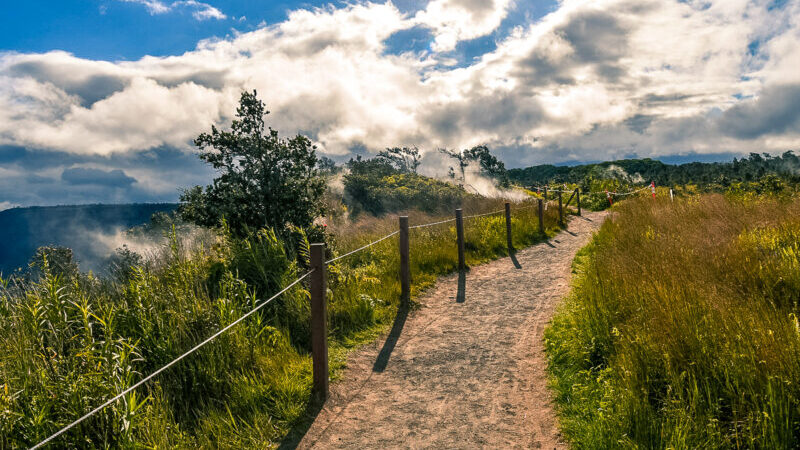
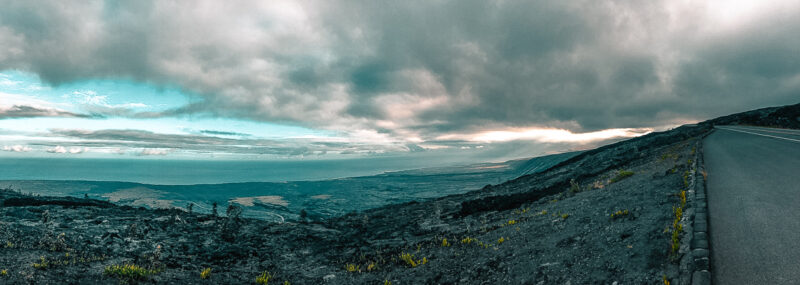
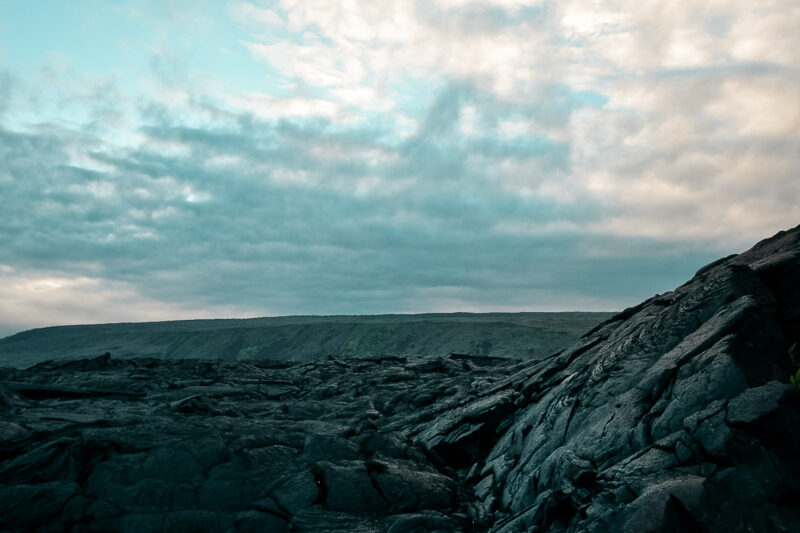
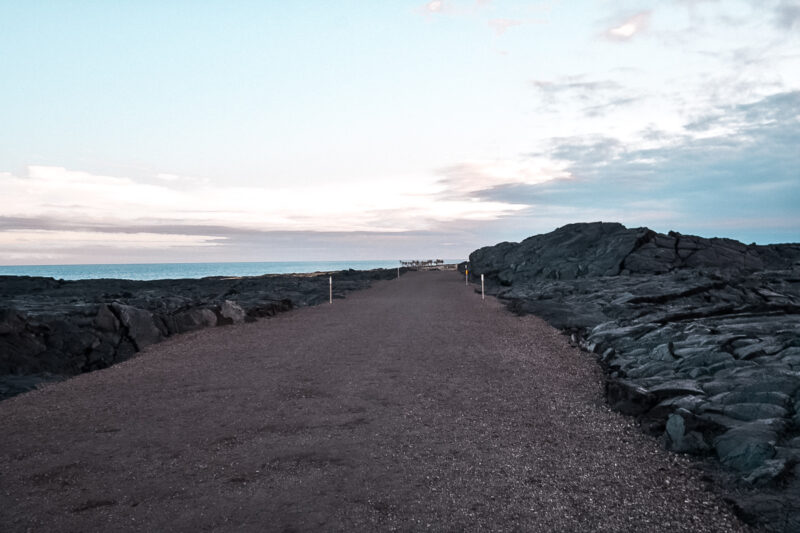
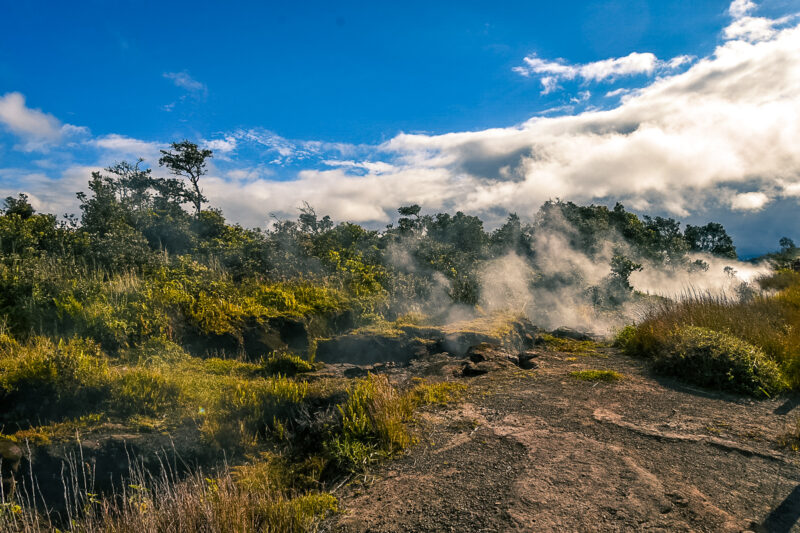
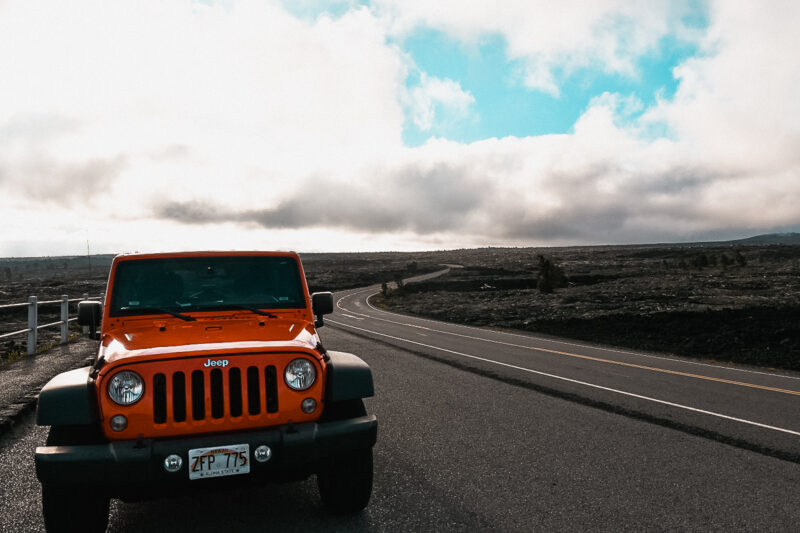
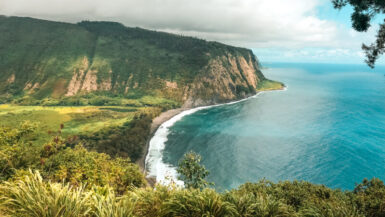
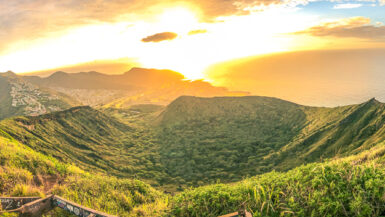
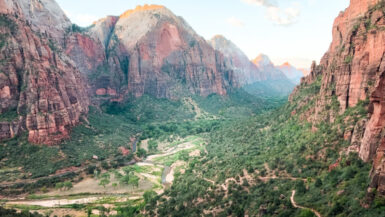
[…] Hawai’i Volcanoes National Park […]
[…] .IRPP_kangoo,.IRPP_kangoo .postImageUrl,.IRPP_kangoo .imgUrl,.IRPP_kangoo .centered-text-area{min-he… […]
[…] PreviousNext […]
[…] If you are interested in volcanoes here is additional information about Hawai’i Volcanoes National Park. […]
[…] Hawaii Volcanoes National Park – See some of the coolest active volcanoes, craters, and hot spots on the […]